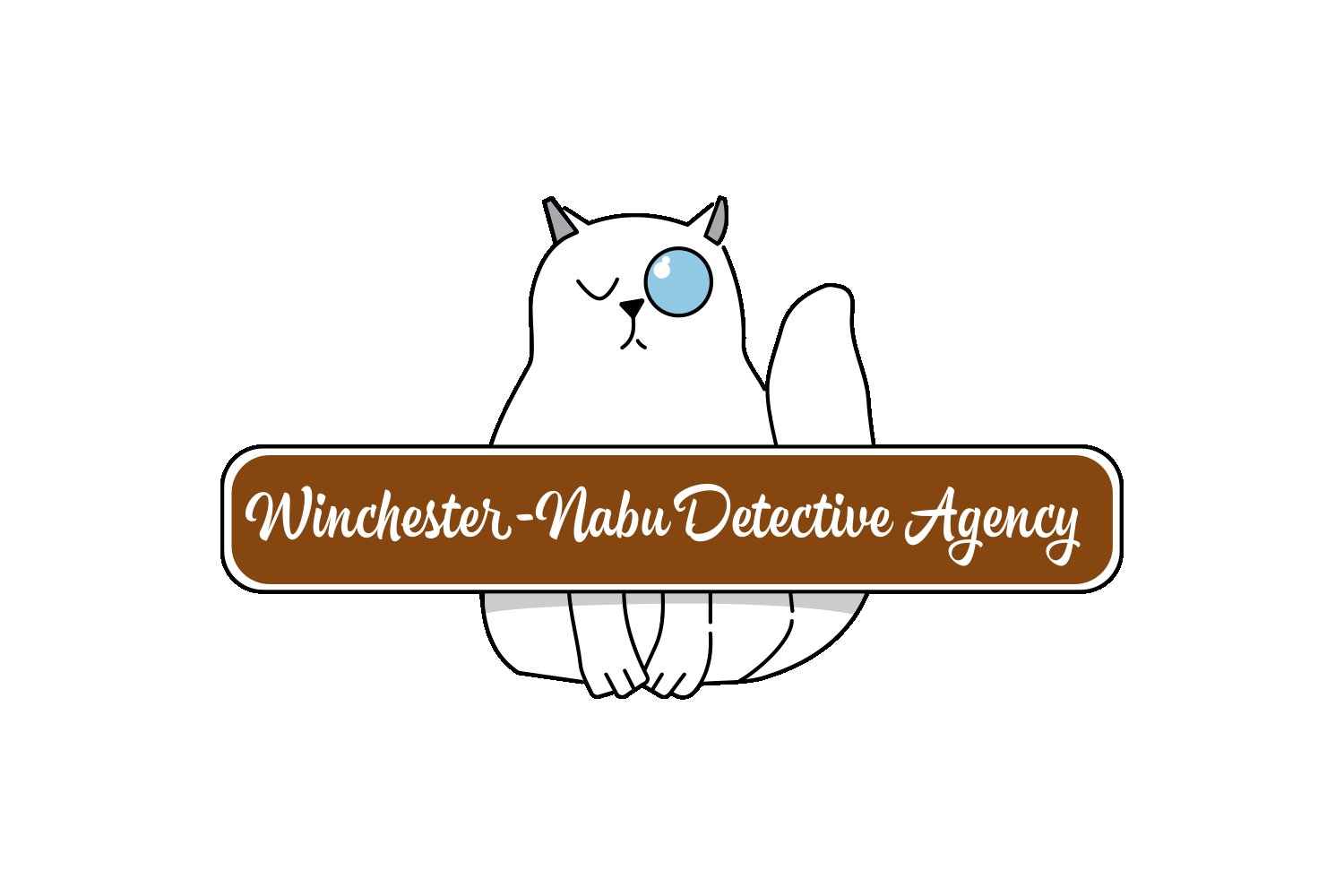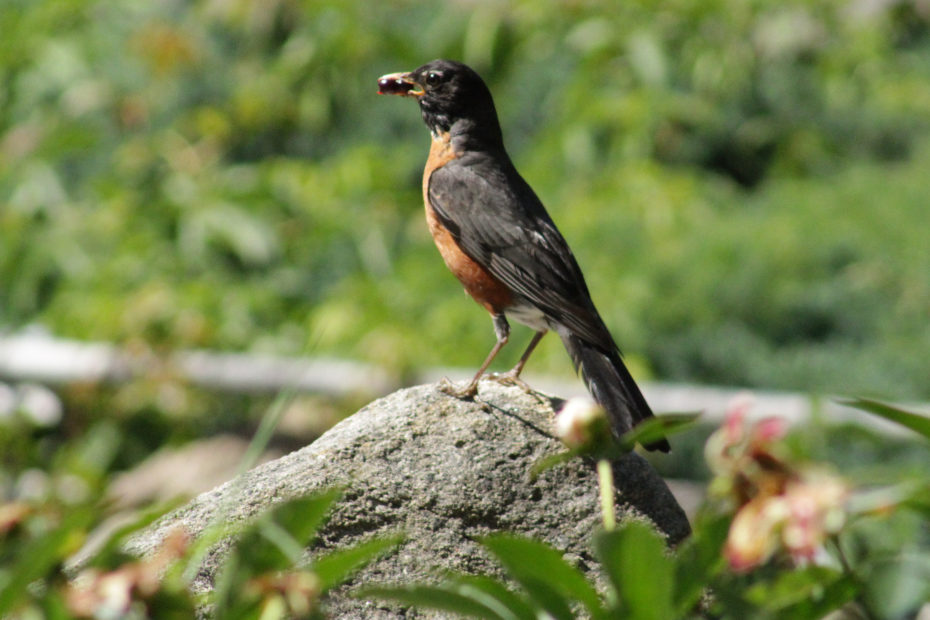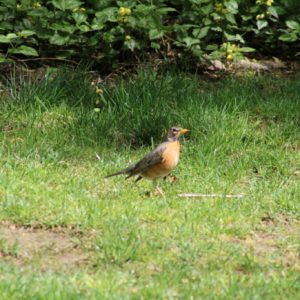AMBER LOVE 30-AUG-2021 This work is supported by the generous backers who adore my cat stories at Patreon.com/amberunmasked and they also get first access to what’s happening with my books and podcast.
Where We Left Off:
The previous case sent us for a loop. A young volkolak came to visit and stayed for a long time giving us ample opportunity for observing his behavior.
Species:
In our Year Three case files, I had reported on the reproductive system of some fairy folk. It was in 2019 that we discovered actual fairy vomit. It was traced back to Eugenia Elmore who was experiencing a type of fae morning sickness after she laid some blue eggs.
Blue eggs are beautiful and often associated with robins. You’ll find things like paint labeled as “robin’s egg blue,” for example. Yet, there are plenty of creatures that have gorgeous blue eggs in shades from dull to vibrant. At the Winchester-Nabu Detective Agency, we haven’t found any other research about fae folk laying eggs outside of our own observations. How much do winged fairies have in common with other winged creatures? We know some of the fairies, like Eugenia Elmore, lay eggs.
Professor Oliver Winchester was in his study researching through books and files about eggs and which creatures lay them. Some are birds, reptiles, amphibians, fish, insects, monotremes, and some dinosaurs. Cicadas of the insect world are undistinguishable from their magical counterparts, the Enchanted Tree Lobsters — both lay eggs and it’s supposed to be a big year for them. Wikipedia does not mention fae folk, but that’s to be expected while scientists deny their existence. As a side note, shark and ray egg cases, called chondrichthyes, make excellent purses for merfolk and small fae creatures.
However, there are winged creatures like butterflies who do not lay eggs, as you probably know. They have larvae and cocoons and go through a metamorphosis. Could there be winged fairies out there who reproduce with cocoon stages?
Without mass spectrometry (maybe?), we have a difficult challenge determining the origins of all the egg shells we find. There is one that I know about from careful stakeouts conducted with Oliver Winchester from a safe distance: the mating robins who nested in a lilac bush right next to my car.
We watched the behavior of the birds and it was interesting to see how aggressive — and I mean pissed off from the mean streets aggressive — that the robins were. Then research clued in why. Blue jays can be assholes, as you know, and sometimes they’ll kick out eggs from robins’ nests. They aren’t nearly the fucked up assholes that cowbirds are. Woowee. Those are some psychotic birds.
I guess I haven’t talked about cowbirds before. They are called a brood parasite. The name itself sounds like a supervillain! Cowbirds will sneak into a nest. Then they have a couple of paths they may choose: either lay one egg amongst the original eggs or lay an egg before the nest-dwellers have a chance. With a bird such as a robin, the nesting bird will notice this First Egg and psychologically develop memories of it. It will store information like size, shape, coloring, and pattern. Then when the robin lays its own real eggs, it compares them to the First Egg. If it doesn’t match, the authentic robin eggs get kicked out of the nest! How fucked up is that?
That’s my briefing on cowbirds. Back to the robins — through observation, Oliver, Gus and I were certain that this nest belonged to robins who would do anything to protect it. I decided to leave the known eggshell in place in that nest. I could go retrieve it if it’s still there and if the boys think we need the specimen for our collection.
Did you know… robins can get intoxicated on honeysuckle berries? If that happens to be the exclusive staple in their diet, that’s what happens!
Certain birds will reuse their nests or give them up and allow others to move in. I don’t know what date the robin babies left the nest, but we haven’t seen much activity around that bush lately. Catbirds and blue jays have been spending a lot of time in the hedgerow of burning bushes which is close to the robins’ nest in the lilacs. Strangely, we haven’t been able to spot any nests inside the hedges.
As for the egg shell found in the middle of the grass, Oliver and Gus inspected it and they say it is a robin’s egg not a fae egg. I am happy for the robin parents, but I would like more fairies here. Perhaps we’ve reached the maximum occupancy of the fern garden.
Case Findings:
Blue egg shell pieces have been found in different parts of the yard. The one particular piece in the photos above was found in the grassy part of the yard. After careful observations, notes and photo collecting, the cats decided this was an authentic American Robin egg rather than something from the maging world of fae.
Case Status: Closed
Links:
- NestWatch has great references for birds, nesting, and their eggs.
- eBird – keep your own bird sighting records online and on the Merlin app
- National Audubon Society











